A landscape lighting designer is not just someone who places lights. They bring together aesthetics, safety, functionality, and efficiency to your outdoor areas. With thoughtful design, you get paths, trees, facades, and features highlighted in ways that enhance beauty and usability at night.
When you search landscape lighting designer near me, you’re looking for someone who understands:
-
Local climate/weather conditions (affects fixture durability, waterproof ratings, etc.)
-
Local zoning/light pollution / regulations
-
Electrical requirements and safety
-
Aesthetic styles (modern, classic, rustic, etc.)
-
Budget constraints and cost of maintenance
Without a designer, people often install lights that are too bright, poorly positioned, unsafe, or short‑lived. A good designer saves you money, improves safety, and increases property value.
Key Benefits of Hiring a Local Landscape Lighting Designer
Working with someone local (i.e. “near me”) has specific advantages:
-
They know local suppliers and fixtures; they can source materials faster and sometimes cheaper.
-
They understand local codes and permits—so fewer compliance issues.
-
Faster response times for installation and maintenance.
-
Site visits are easier, so the design can be tailored accurately (soil, trees, angles, exposure).
Beyond those, here are more benefits technology brings when the design is done well:
-
LED and low‑voltage systems drastically reduce running costs vs halogen or incandescent lighting.
-
Smart controls (motion sensors, timers, dimmers) allow for energy saving and dynamic lighting effects (highlighting only when needed).
-
Weatherproof and corrosion resistant fixtures last longer in harsh conditions, saving replacement & maintenance costs.
-
Directional lighting / beam shaping helps avoid glare, light pollution, and ensures that light goes to where you want it.
What Problems Does Good Landscape Lighting Solve?
Landscape lighting isn’t just decorative. It solves real problems. Here are common issues, and how a designer + good products help:
-
Risk of trips and falls at night, especially on stairs, paths, or uneven terrain → properly placed path lights, step lights, well lights illuminate the way.
-
Security concerns, such as hiding spots, dark corners → floodlights with motion sensors, area lights, and downlighting from trees help deter trespassers.
-
Getting no curb appeal after sunset, property looks dull → uplighting, facade lighting, accent lighting enhance architectural features and landscaping.
-
High electricity bills, frequent bulb replacements → LED fixtures, low voltage, smart timers reduce electrical consumption and maintenance.
What to Look for When Choosing a Landscape Lighting Designer Near Me
Here are criteria to evaluate potential designers:
-
Experience & Portfolio: See examples of their work. Do they have installations in similar climates/landscapes to yours?
-
Certifications & Compliance: Licensed electrician work, waterproof fixture standards (e.g. IP ratings), local permit knowledge.
-
Design Process: Do they do site visits? Photometric calculations? Mockups?
-
Fixture Types and Brands: Are they offering durable, energy‑efficient fixtures? Long warranty?
-
Clear Pricing & Scope: Lighting design, equipment, installation, and ongoing maintenance.
-
Customer Reviews and References: Feedback from those who used them in your area.
Some Top Products a Landscape Lighting Designer May Specify
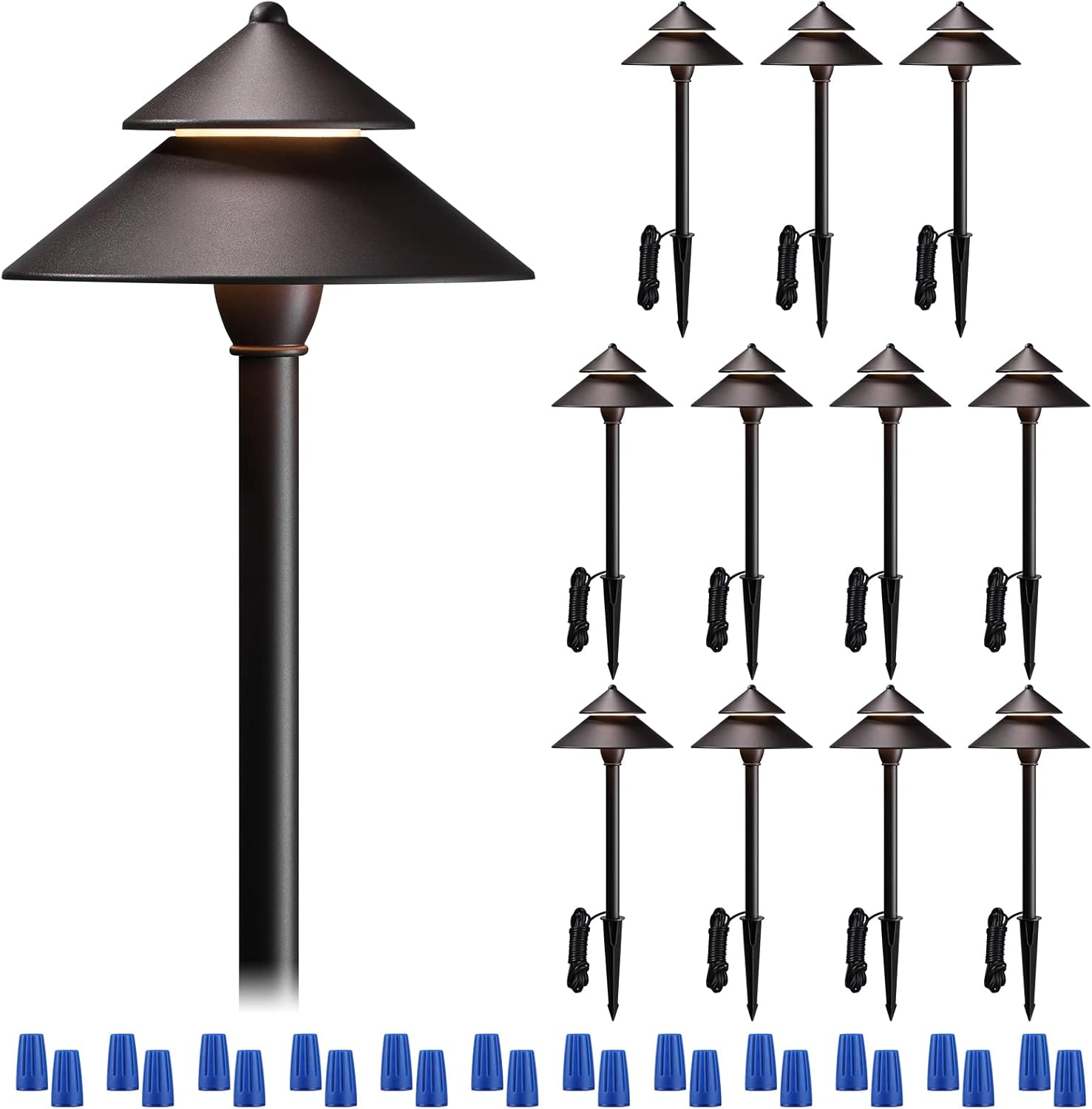
LEONLITE 12-Pack Low Voltage Pathway Lights
LEONLITE Low Voltage Landscape Lights LED Pathway Kit
Description: A low‑voltage LED pathway lighting kit offering multiple lights (often 6‑8 pieces), with warm white LEDs and durable housings. These are intended to line walkways, garden edges, or borders. Because they are low voltage, installation is safer and power cost is lower.
Use‑Case: Perfect when you have pathways that are unsafe in the dark or want to define garden edges subtly at night. Designers often use these kits to elevate visibility while adding ambiance without overwhelming the landscape with too much light.
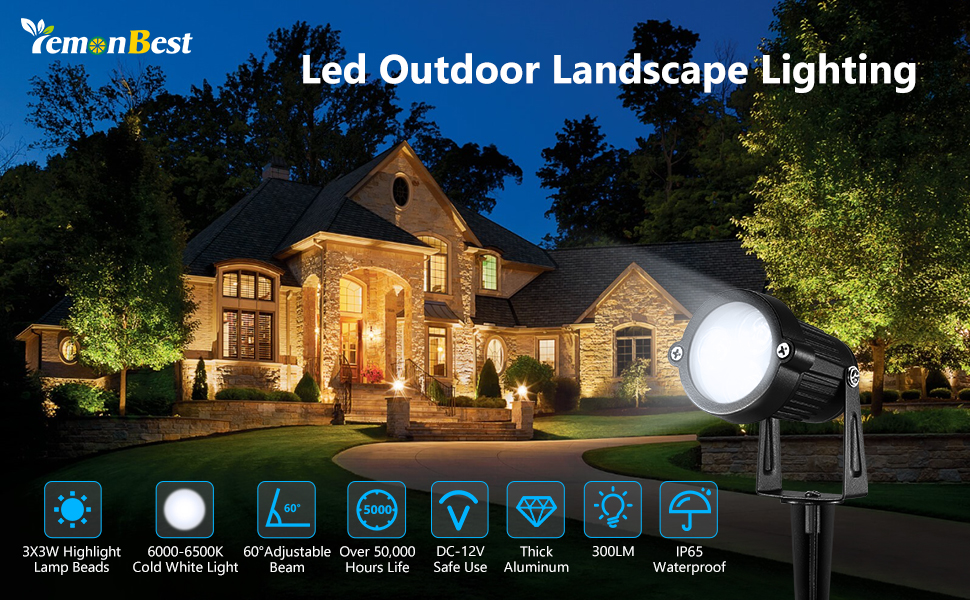
LemonBest® 4Pcs DC 12V Landscape Lights
Lemonbest Up‑Down Low‑Voltage Landscape Spotlight 12V
Description: This is a dual direction light (up‑down) usually mounted on walls or posts. It throws light upwards and downwards to highlight textures (wall surfaces, facade details) and provide ambient lighting. Works at low voltage (12V), with good water protection.
Use‑Case: Use this if you have stone walls, wood siding, or architectural features you want to emphasize. They also help reduce harsh shadows and give balance between lighting the building and the ground.
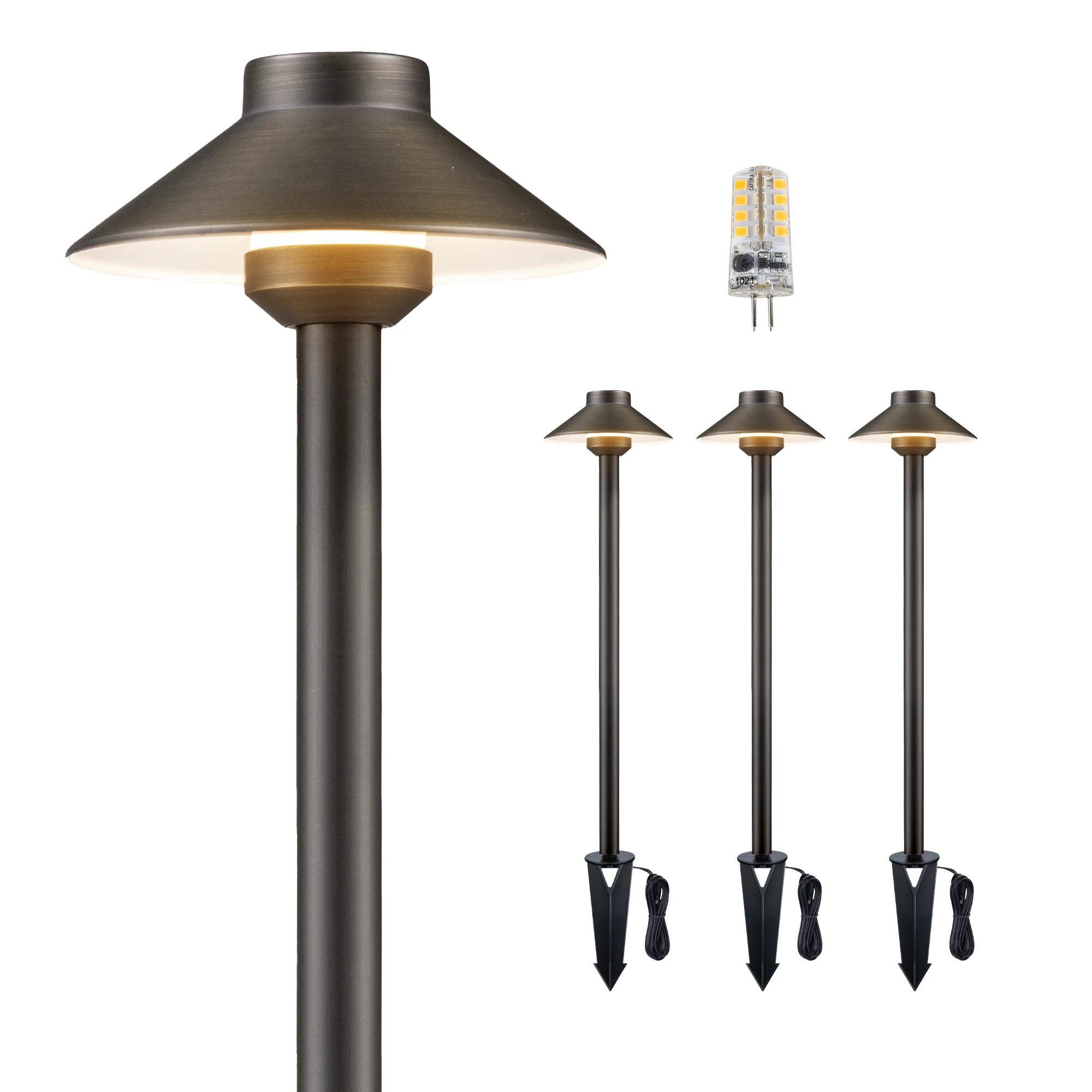
Gardenreet Brass Pathway Lights, Low Voltage LED Landscape Path Lights
Gardenreet 12V Brass Walkway Lights Outdoor Kit
Description: Brass finish walkway lights, 12V, durable metal, IP rated. Usually sold in multiple‑piece kits or add‑ons. The brass gives a premium look, aging nicely in outdoor settings.
Use‑Case: Great if you want a high‑end appearance, especially for driveways, patios, entranceways. Brass resists corrosion and is often preferred for upscale properties. Adds both function (safety) and decorative charm.
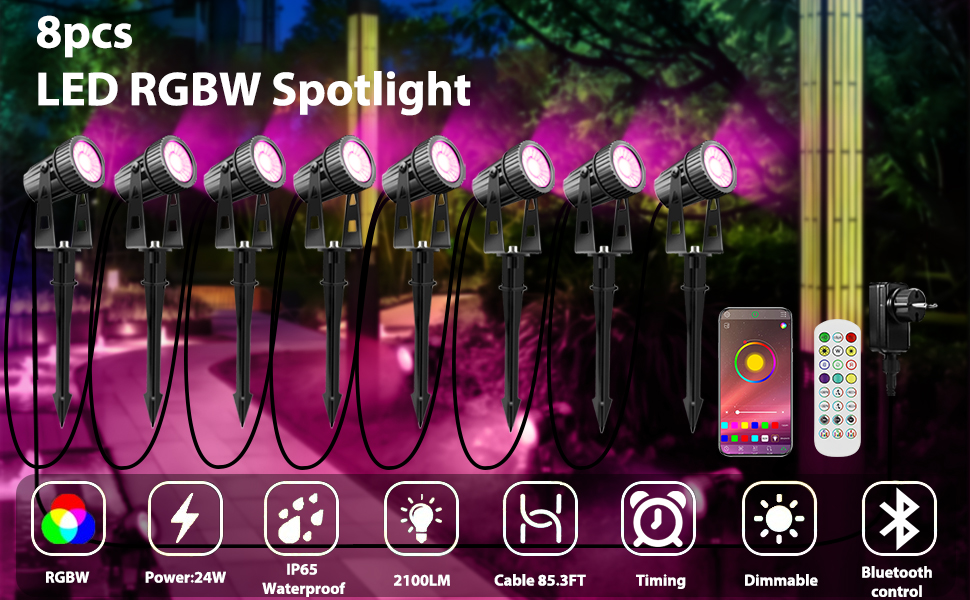
Smart Low Voltage Landscape Lights, Bluetooth Landscape Lighting
Outdoor Smart RGB Landscape Spotlight Kit
Description: A set of landscape spotlights capable of RGB color control (colour changing), often with smart control over WiFi or Bluetooth. Can change colours, dim, program scenes.
Use‑Case: Ideal if you want dynamic effects—holiday lighting, changing colour moods, or highlighting trees/fountains with different hues. Designers often use these in entertainment or hospitality settings.
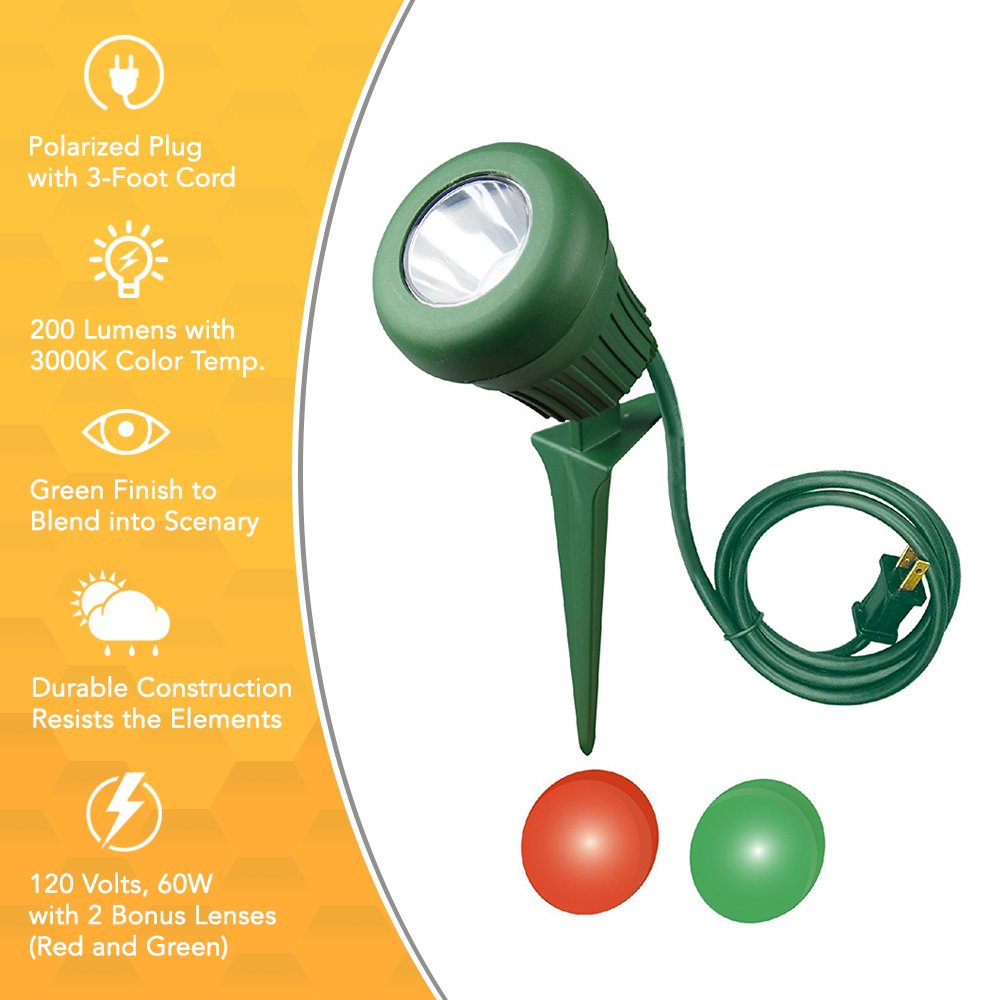
Yard Master LED Stake Light 0434
Description: Stake lights are ground‑installed, often small, low profile. These have LED modules, durable materials, and are used to flush with lawn/soil.
Use‑Case: When you want lighting that doesn’t dominate visually (low visual clutter), for planting beds, along borders, etc. Also good for guiding foot traffic discreetly.
How Designers Select Products & Technologies
When a designer picks product fixtures, they consider:
-
Voltage: Low voltage (e.g. 12V) is safer, easier to install, lower operating cost.
-
Ingress Protection (IP) & Durability: Fixtures need to resist water, dust, rust—especially in outdoor environments exposed to rain, sun, humidity.
-
Light output (lumens), beam spread and colour temperature: Warm light ~2700‑3000K gives cozy feel; cooler light ~5000K gives brightness/security. Beam spread matters for coverage vs accent.
-
Smart controls: Timers, motion sensors, photocells (dusk to dawn), dimming or colour changing.
-
Aesthetic material finishes: Steel, brass, copper, stainless or powder coated finishes to match landscape style.
Real‑World Examples: How People Apply Landscape Lighting
Here are scenarios showing how installing products with a professional designer transforms outdoor spaces:
-
Example A: Front Entrance and Driveway
You have a driveway with large shrubs and trees, and a front door set back. A designer uses uplights in trees to create dramatic shadows, pathway lights to guide guests, and wall‑mounted up‑down fixtures to wash light on the facade. Result: improved safety, stronger curb appeal, visibility at night. -
Example B: Garden with Water Feature
Designers install recessed well lights around a pond, use underwater LED lighting, and spotlights to highlight water jets and plants. Green and blue colour changing RGB lights in surrounding plants to create mood at night. Problem solved: the garden becomes usable and beautiful after dark; hazard of slipping near water reduced. -
Example C: Patio and Outdoor Dining Area
String or accent lights overhead, low‑voltage stake lights around edges, fixtures on posts. Motion sensor security fixture at far corner. Gives atmosphere, dining usable at night, and safety/security for paths.
How to Hire & Where to Buy
Here are steps and tips:
How to Hire:
-
Search online with “landscape lighting designer near me + your city/town”
-
Check portfolios, ask for ‘night’ photos to see real effects.
-
Get quotes from 2‑3 designers to compare scope and price.
-
Ask about warranties on work and fixtures.
-
Confirm timeline, maintenance schedule, service after installation.
Also consider these sources:
-
Local lighting showrooms (you can see finishes and color in person)
-
Home improvement stores
-
Specialized outdoor/landscape lighting suppliers
-
Online retailers (Amazon, eBay, etc.) but check IP ratings, return policy
When buying, always check for:
-
Warranty on LEDs (often 3‑5 yrs or more)
-
Weatherproof rating (IP65+ for outdoor)
-
Material quality
-
Cords, transformer quality for low voltage systems
What to Expect in Cost & Timeline
-
Cost depends heavily on size of landscape, number of fixtures, complexity (e.g. wiring, permits, terrain).
-
Fixtures themselves vary: basic pathway lights might cost modestly; premium fixtures/materials cost more.
-
Labor (design + installation) may be ~30‑50% or more of total cost.
-
Timeline: designing, permit approvals (if needed), ordering fixtures, installing can take from a couple of weeks to a couple of months.
Examples of Projects by Lighting Designers
Here are real world firms/projects to illustrate what “landscape lighting designer near me” might deliver:
-
Paradise Landscape Lighting (USA) does pathway lighting, uplighting, etc., won awards for design.
-
Lampscape Designs known for combining hardscaping and lighting artistry.
These firms show that when you invest in good design, lighting becomes an integral art form, not just utility.
FAQ
Q1: How much does hiring a landscape lighting designer cost?
A: Costs vary by region and project size. For a small garden / pathway setup, basic design and installation of 5‑10 lights may cost a few hundred to a few thousand dollars or equivalent local currency. Larger properties or commercial work can run much higher. Always request itemized quotes: design fee + fixture cost + installation.
Q2: What kind of maintenance do outdoor lighting systems need?
A: Maintenance includes cleaning fixtures (removing dirt, leaves), checking for corrosion, replacing bulbs or LED modules if needed, checking wiring connections, ensuring waterproof seals are intact. Smart controls/timers might need firmware updates or battery replacements. Good designers choose fixtures that minimize maintenance (e.g. high IP rating, solid materials).
Q3: How do I know which products are suitable for my climate/weather?
A: Look for fixtures rated for outdoor use (IP65 or higher), durable materials (brass, copper, powder‑coated steel), UV‑stable coatings, components rated for temperature extremes. Also, in rainy/humid areas, ensure waterproof seals; in cold climates ensure fixtures are frost‑rated; consult with designers who have experience in your area.

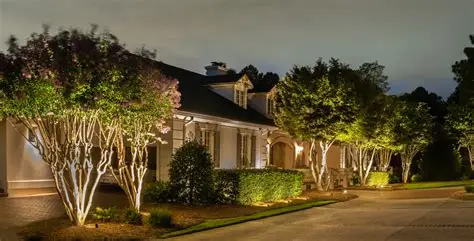
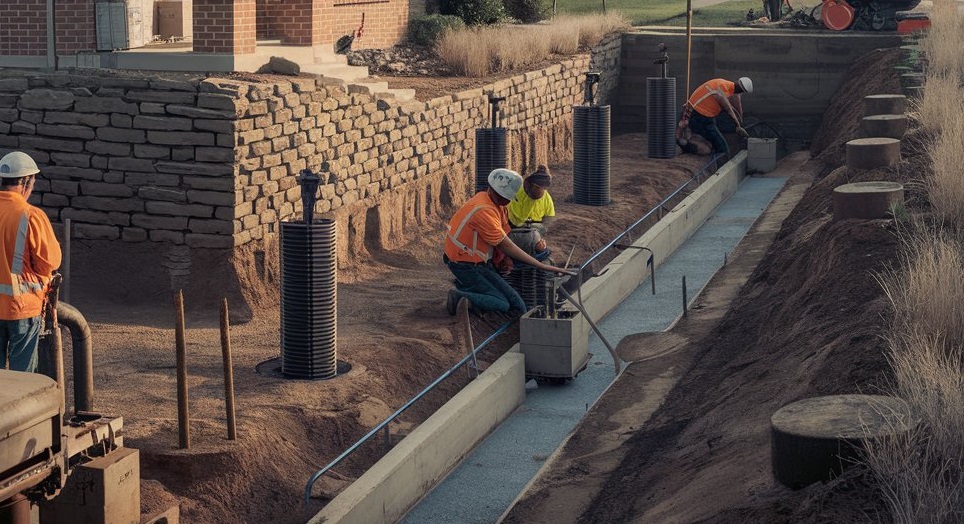
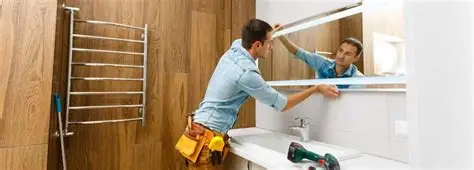

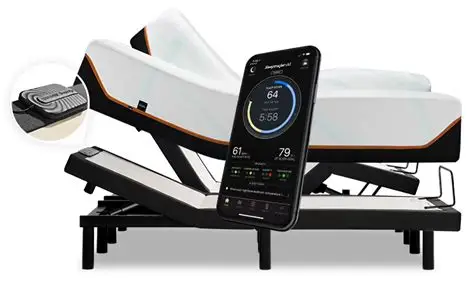
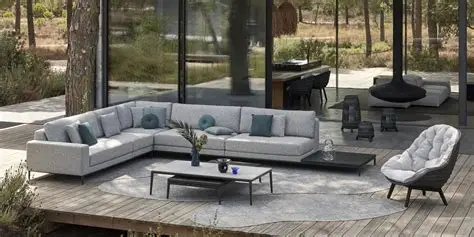

Leave a Reply